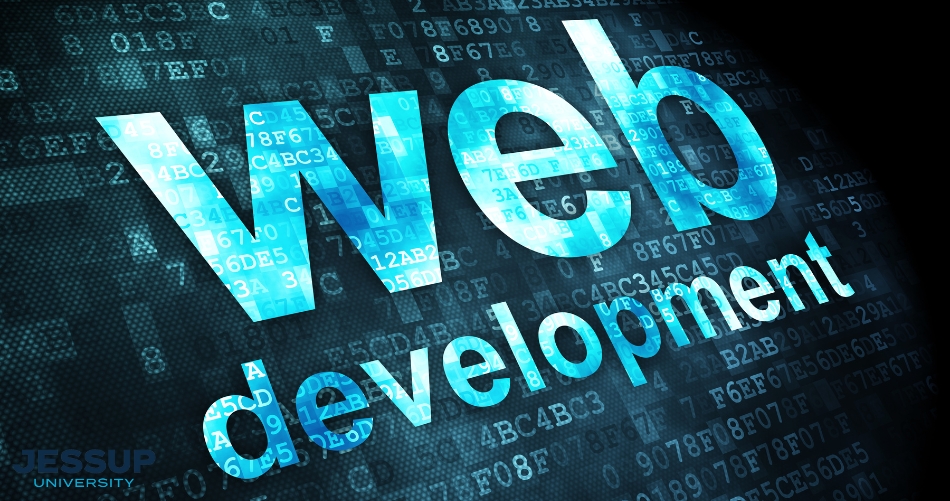3384 Insights
Your go-to source for trending news and information.
Code to Chaos: The Web Developer's Dilemma
Unravel the chaos of web development! Discover the struggles and triumphs every coder faces in the journey from code to chaos.
Understanding the Code to Chaos: Common Challenges Faced by Web Developers
Web development is a complex field that often feels like it exists in a state of chaos. A major challenge that developers face is managing code quality. As projects grow in size and complexity, maintaining clean and efficient code becomes increasingly difficult. This can lead to issues such as bugs, slower performance, and a decreased ability to scale applications effectively. For instance, developers might encounter:
- Code duplication, which complicates updates and maintenance
- Poorly documented code that hinders collaboration
- Inconsistent coding styles that lead to confusion
Another prevalent challenge is keeping up with ever-evolving technologies and frameworks. The web development landscape is constantly changing, with new languages, tools, and best practices emerging regularly. This rapid pace can overwhelm even seasoned developers. To combat this, developers must prioritize continuous learning and adapt their skill sets, focusing on:
- Staying informed about the latest trends in web development
- Experimenting with new tools to enhance productivity
- Engaging with community forums and attending workshops

From Structure to Mayhem: How to Maintain Code Quality Amidst Complexity
In today's fast-paced development environment, maintaining code quality amidst increasing complexity can seem like a daunting task. However, understanding the structure behind your codebase is the first step towards achieving this goal. Establishing a clear and coherent code architecture not only enhances readability but also facilitates effective collaboration among team members. Utilizing design patterns and coding standards plays a crucial role in reducing technical debt. Regular code reviews and implementing continuous integration practices are additional strategies that help in enforcing consistency and spotting potential issues early in the development process.
As projects evolve, the potential for mayhem increases, making it essential to prioritize code quality continuously. One effective approach is to adopt agile methodologies, which emphasize iterative development and quick feedback loops. By embracing automated testing frameworks, teams can ensure that their code remains robust even as complexity grows. Additionally, fostering a culture of accountability encourages developers to take ownership of their code, leading to more thoughtful and deliberate coding practices. Ultimately, balancing structure with adaptability will help teams navigate complexity while upholding the highest standards of code quality.
Navigating the Web Developer's Dilemma: Best Practices for Sustainable Coding
In today's fast-paced digital landscape, web developers face the dilemma of balancing performance, scalability, and sustainability in their coding practices. Sustainable coding involves writing code that not only functions efficiently but also minimizes resource consumption and environmental impact. To achieve this, developers can adopt several best practices, such as using efficient algorithms, minimizing code bloat, and leveraging caching mechanisms. By prioritizing these strategies, developers can navigate the complexities of modern web development while contributing to a healthier planet.
Another essential aspect of sustainable coding is the embrace of responsive design and accessibility standards. By implementing responsive design techniques, developers ensure that their websites are usable across a vast array of devices, ultimately reducing the need for multiple versions of the same site, which can lead to increased server load. Additionally, adhering to accessibility guidelines not only improves user experience for those with disabilities but also enhances the overall efficiency of the website. Incorporating these principles into your coding practices is fundamental for any developer committed to creating a more sustainable web.